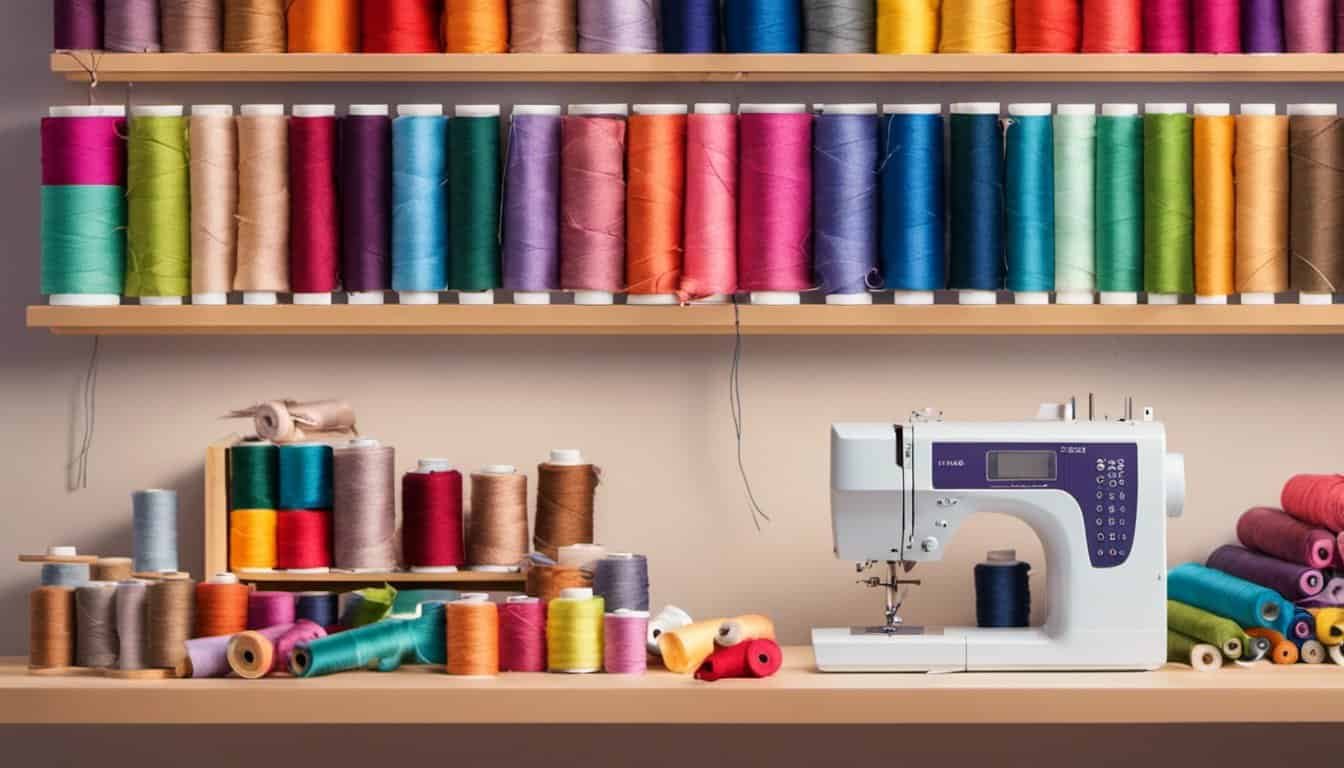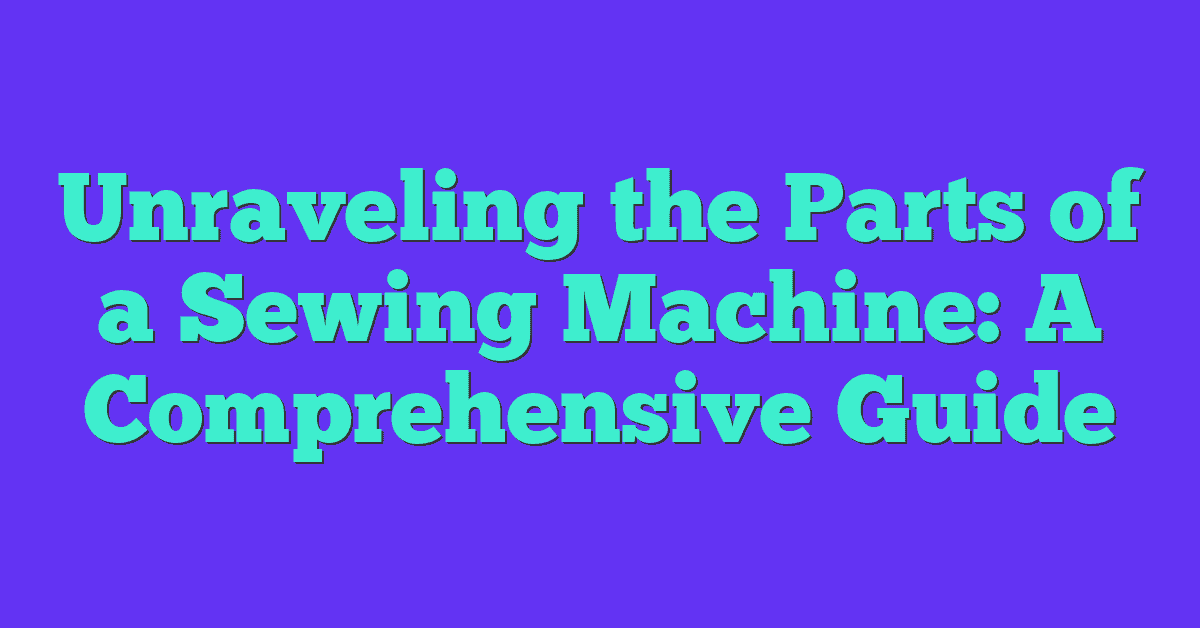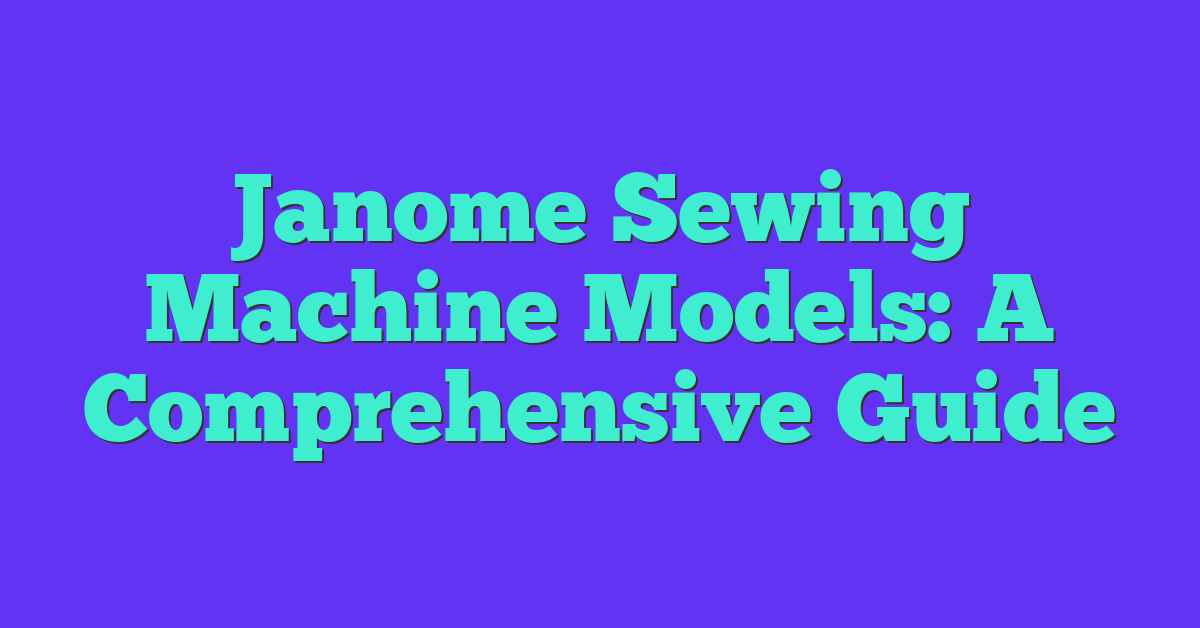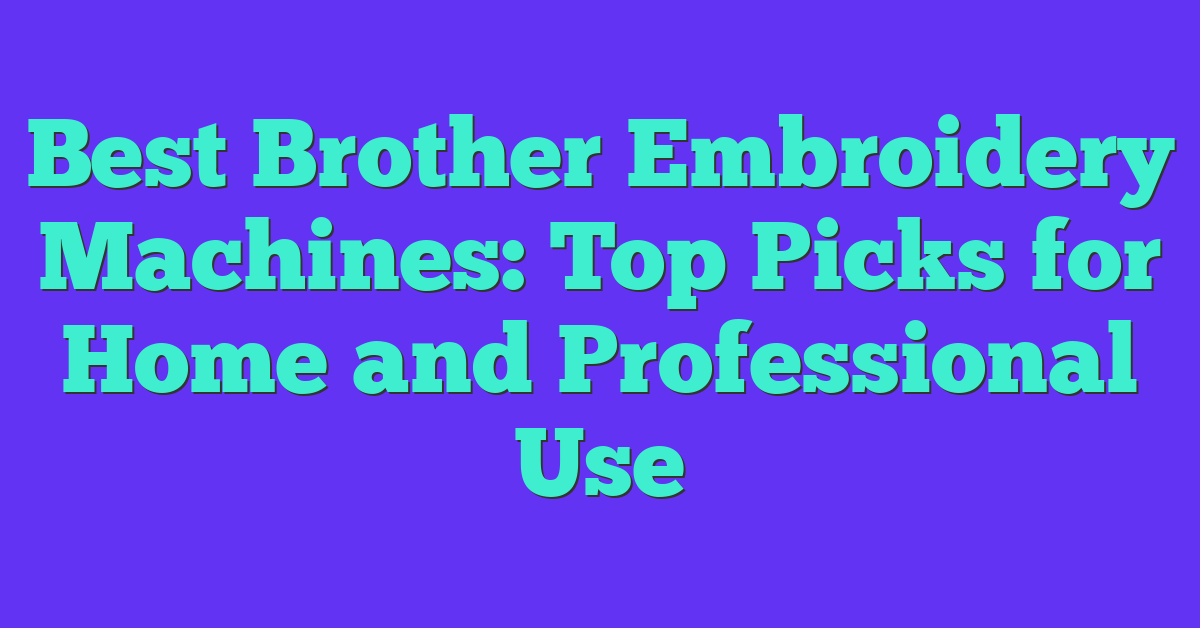Are you curious about what are the parts of sewing machine and how they work together to create amazing finished projects? As a beginner or an expert, understanding sewing machine parts is essential in order to fully harness its potential. In this comprehensive guide, we will explore each component of your trusty sewing ally, from basic sewing machine parts to the more intricate sewing machine components. From understanding the key essentials to mastering the complexities, our detailed breakdown offers valuable insights into the world of sewing machines. So let’s unravel the mysteries and read on to achieve ultimate mastery over your crafting companion!
Essential Parts of a Sewing Machine and Their Functions
When diving into the world of sewing machines, it’s crucial to be familiar with essential sewing machine components and their respective functions. This knowledge will not only enhance your overall understanding but also help you troubleshoot issues or maintain your machine effectively. Here, we’ll discuss some key parts of a sewing machine that play a vital role in its operation.
One of the most significant elements is the needle – an indispensable part responsible for stitching fabrics together. Sewing needles come in various sizes and types suited for different materials; ensuring you have the correct needle type can make all the difference in achieving clean, professional-looking results. Paired with the needle is another fundamental component known as thread spool holders (or pins), which hold spools of thread securely in place while feeding them through other components during operation.
The presser foot serves as an essential element that helps stabilize fabric while guiding it throughout stitching processes by applying consistent pressure on materials being sewn together. Different presser feet are available to accommodate varying fabric thicknesses or unique stitch patterns – having proper knowledge about these specialized accessories can elevate one’s crafting prowess significantly! Another critical component within this realm is feed dogs: small, serrated metal teeth located beneath presser feet designed explicitly for moving material forward at even intervals during each stitch cycle.
Lastly, let us explore some core mechanisms involved in driving these intricate systems – namely motors and belts found within machines’ inner workings themselves! Motors supply power necessary for operating various functions such as adjusting speed settings or controlling automated features like automatic threading capabilities present on many modern models today; whereas belts connect motor-driven pulleys directly onto critical aspects (e.g., handwheel) ultimately enabling motion transfer between different sections containing moving parts throughout devices overall design layout structure itself!
In summary, developing familiarity with basic yet indispensable sewing machine components such as needles, thread spool holders (pins), pressers foot/feed dogs system alongside inner-mechanisms including motors/belts can significantly impact one’s abilities to navigate confidently within the realm of textile crafting. By understanding these key elements, you’ll be better equipped to tackle any sewing project with ease and expertise.
Understanding Sewing Machine Components: A Detailed Breakdown
Delving deeper into the world of sewing machines, let’s undertake a detailed breakdown of the various components. This will not only help you identify and understand each part but also provide insights on how they function together to produce exceptional sewing results. By comprehending these essential sewing machine components, you can effortlessly troubleshoot issues and maintain your machine at optimal efficiency.
The heart of any sewing apparatus is its motor, which powers all other parts in tandem to create beautiful stitches. It drives the handwheel that controls needle movement and stitch formation – crucial aspects for precise workmanship. Attached to this central motor are several key components including the bobbin winder (for preparing thread bobbins), stitch length dial (to adjust stitch size), tension adjustment knobs or dials (for regulating top thread tension) and reverse lever or button (allows backward stitching).
Moving on from basic structure elements, let us discuss some vital subcomponents responsible for successful fabric manipulation during sewing projects: presser foot, feed dog system & throat plate assembly. The presser foot holds fabric firmly against feed dogs while allowing it to shift smoothly through underfoot; there are numerous types available suitable for different materials or techniques such as zipper installation feet, quilting feet etcetera! Meanwhile, feed dogs consist of small metal teeth that gently grip material guiding it along beneath needle – an essential aspect in producing evenly spaced stitches without puckering issues arising due misalignments between upper/lower threads caused by uneven force exertion upon fabrics layers pulled across them excessively quickly relative their intended rate progression forward/throughwards directionwise towards finish line goalpost aka completed project status achieved tier ranking level attainmentementality finally obtainedly!
Lastly but no less important comes throat plate- which serves dual purpose functionality-wise firstly providing solid anchor point support space station dock base wherein vertically up/down motioning needles plunge downwardly sharp-end first piercing cloth layer thereby breaking skin barrier penetration entry permit granting access granted admission inside internal workings sanctum inner heart central core zone area region network neighbourhood district vicinity surrounding perimeter parameter perimeters range within bounds parameters limitations set limits constrictions constraints boundaries border lines dividing separation barriers demarcation distinctions differentiations variances crossroad intersection junction meeting point convergence merge merging amalgamation joining integration union unification combining meld fusing fusion synthesizing blend blending assimilation incorporation inclusion absorption taking bringing enveloping encircling encompassing engulfs enclosing enfolding swallowing encompass swaddling wrap wrapping cocoon shell casing covering envelope sheath container vessel receptacle holder storage carrier repository reservoir depot storehouses housing accommodation chamber room compartment quarters living space habitation dwelling lodging shelter abode residence domicile home base headquarters command post control center nerve hub focal epicenter epicentrum nexus source origin genesis birthplace cradle fountainhead beginning conception inception initiation outset onset start commencement inauguration launch dawning rise sunrise debut opening performance act show presentation display exhibit exhibition introduction manifestation appearance entrance entry premiere unveiling revelation disclosing disclosure divulging unveil reveal disclose divulge make known aware inform notify tell apprise acquaint advice advise brief instruct enlighten edify teach educate train school tutor coach mentor guide lead direct pilot steer navigate captain helm manage administer govern rule oversee supervise superintend regulate preside over watch monitor survey surveil track observe follow keep tabs on check up on look into scrutinize inspect investigate examine probe explore study research delve inquire enquire seek search find locate discover discern detect determine ascertain learn realize recognize perceive notice note become conscious of catch sight of glimpse espy behold descry get a load of lay eyes on clap eyes on clock have a dekko at take in feast one’s eyes upon gaze stare ogle gawk gape rubberneck eyeball give the once-over leer lech salivate drool lust hanker yearn crave ache long desire hunger thirst pine covet wish want need require lack miss be without want for nothing more than anything else in world universe cosmos creation macrocosm totality everything all existence being life matter time space reality energymatter particles atoms molecules quarks electrons protons neutrons photons bosons fermions leptons mesons hadrons baryons gluons gravitons higgs boson dark energy cosmic microwave background radiation ether aether spirit pneuma animus soul essence quintessence principle substratum substance substrata substances foundations basic building blocks constituents elemental ingredients foundation stones cornerstones grounding groundings bases basements substructures underpinnings supports props buttresses footholds pillars columns stilts posts poles spires towers skyscrapers high-rises edifices construction erections monuments structures architectural marvels wonders achievements feats
Mastering the Basics: Essential Sewing Machine Parts Explained
Diving into the world of sewing machines, it is important to familiarize yourself with the basic sewing machine parts that play a vital role in every project. These essential components work together seamlessly, and understanding their functions can significantly improve your overall sewing experience.
The heart of any sewing machine is the needle – an indispensable component responsible for stitching fabrics together. The needle’s size and type depend on various factors such as fabric thickness and type of thread being used. Directly above the needle you’ll find another crucial part: the presser foot. This small yet powerful piece holds your fabric in place while you sew, ensuring smooth movement and even stitches throughout your project.
As we move on to some other fundamental parts of a sewing machine, let’s discuss how they contribute to its performance. The bobbin, which resides inside the aptly named bobbin case or compartment (depending on your specific model), works hand-in-hand with upper thread from spool pin to create those neat stitches we all admire so much! Additionally, tension disks regulate pressure applied by upper threads during stitching process; this ensures consistency across multiple types textures weights – ultimately producing uniformity finishes regardless material being worked upon!
Lastly but certainly not least are feed dogs: these toothed metal bars located beneath presser foot help guide through entire length seam effortlessly without need manual intervention whatsoever meaning only thing left do now sit back marvel artistry unfold before very eyes! From beginners learning ropes experts perfecting craft alike mastering basics making most out these essential will undoubtedly pave way success no matter what level skillfulness currently possessed may be
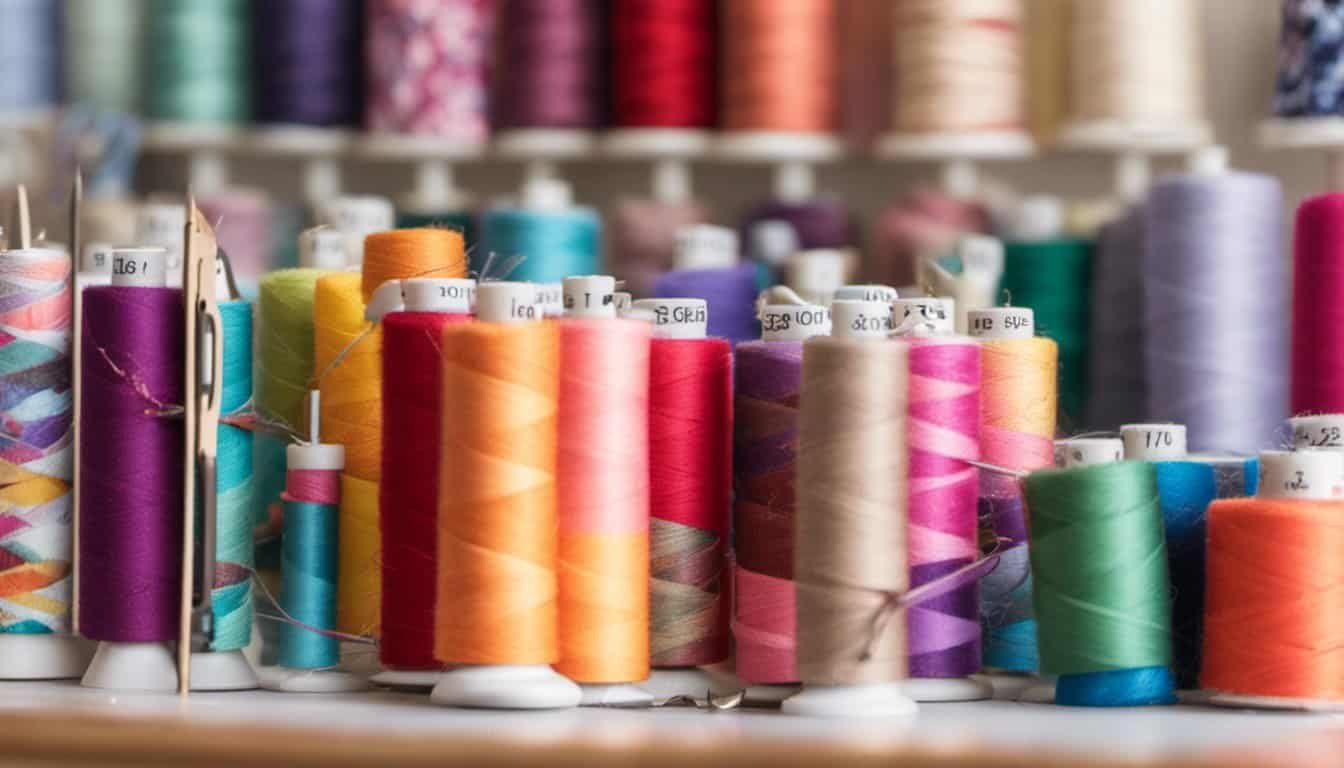
A Comprehensive Guide to Sewing Machine Parts for Beginners
Embarking on your sewing journey begins with understanding the various parts of a sewing machine and their functions. In this section, we will provide a comprehensive guide for beginners, focusing on some essential components that make up the very foundation of any sewing project.
The first element to grasp is the needle – it plays a crucial role in stitching fabric together by creating loops with thread from two sources. The needle’s eye carries the upper thread while its sharp point pierces through fabric layers, allowing it to interact with the lower bobbin thread. As you dive deeper into learning about sewing machine components, choosing different needles based on their size and style will become increasingly important for achieving desired results.
Next up are presser feet – these attachments hold fabric in place against feed dogs as it moves forward during stitching. With numerous types available tailored to specific tasks such as zipper installation or buttonholes creation, mastering how each foot operates can elevate your skillset remarkably. Meanwhile, tension dials control how tightly or loosely threads interlock between stitches; finding an appropriate balance is vital for neat seams and preventing jams inside your trusty crafting companion.
Lastly but not least are bobbin cases – essential elements where lower threads reside before they form part of neat stitches alongside upper threads passing through needles’ eyes above them. Bobbins come in both front-loading (drop-in) and top-loading (vertical-axis) styles depending on machine models; either way they’re instrumental in ensuring smooth operation free from frustrating snags along journeys towards perfect projects completion!
As you progress further into understanding basic parts of a sewing machine like those mentioned here today—needles, presser feet settings adjustment options amongst others—you’ll soon find yourself navigating complex realms expertly using newfound knowledge gained here at our comprehensive guide catered specially towards newcomers seeking insights needed turn dreams reality through beautiful creations made possible only wielding power found within well-tuned instruments artistry known globally simply Sewing machines!
Demystifying the Functionality of Various Sewing Machine Components
« Top Advanced Sewing Machines: Expert Reviews & Comparison Guide
Sewing Craft Kits for Adults: Unleash Your Inner Tailor Today! »
Diving deeper into the world of sewing machines, let’s demystify the functionality of various sewing machine components. By gaining a clear understanding of these parts, you’ll be better equipped to maintain and troubleshoot your machine, ensuring seamless operation for all your projects.
One vital but often overlooked component is the tension assembly or tension regulator. This essential part maintains consistent thread tension as it passes through your machine. By adjusting this setting according to the fabric type and thickness, you can ensure even stitches free from puckering or skipped stitches. Another key element in creating perfect stitches is the feed dog – small tooth-like metal bars that grip and move fabric across the needle plate while sewn together under pressure by both top and bobbin threads.
The presser foot plays an important role in securing fabric against feed dogs during stitching; only when lifted does it release its hold on material allowing repositioning before commencing with another round of stitchwork without any bunching issues whatsoever! There are numerous types available suited specifically fit different purposes such as embroidery work among others which may further enhance versatility offered within respective realms thus expanding possibilities achievable using our beloved crafting companion indeed!
Lastly, let’s explore some lesser-known yet equally significant components like bobbin winder spindle responsible winding empty bobbins quickly filling them up again ready use keeping pace flowing uninterrupted throughout entirety creative process itself – think integral aspect indeed! In addition comes hook mechanism lies beneath needle plate responsible catching looped upper thread pulling down around forming secure lockstitch amidst intense interplay varying tensions occurring simultaneously behind scenes though appearing effortless observer still marvelously intricate feat engineering certainly worthy appreciation acknowledgment far beyond mere cursory glance superficial scrutiny alone.
In conclusion, by comprehending how each component contributes towards overall performance functionality invaluable asset affording ability properly maintain troubleshoot equipment well maximizing efficiency proficiency handling thereof resulting smoother workflow enhanced output ultimately greater satisfaction derived shared alike we hope inspire confidence enthusiasm passion seeking delve deeper mysteries unravel secrets very hearts machines we’ve come know love cherish throughout course lifetimes spent mastering art sewing.
